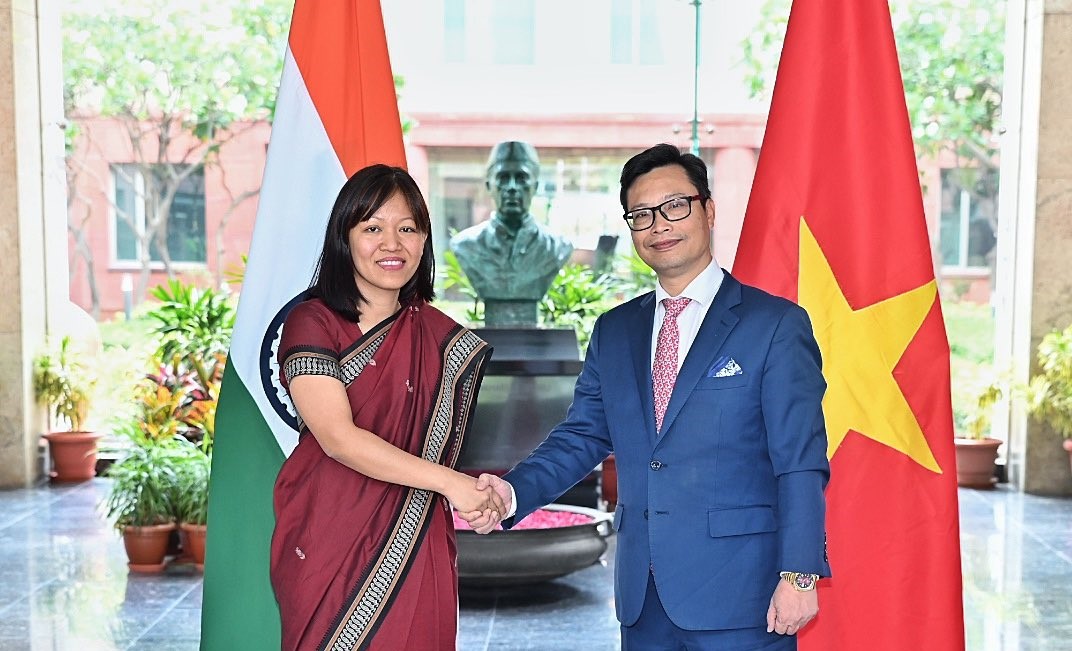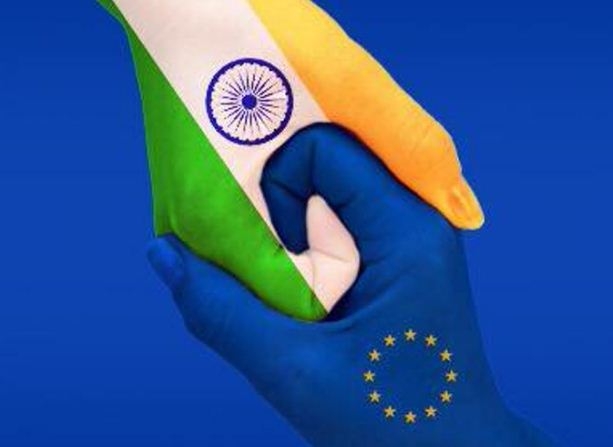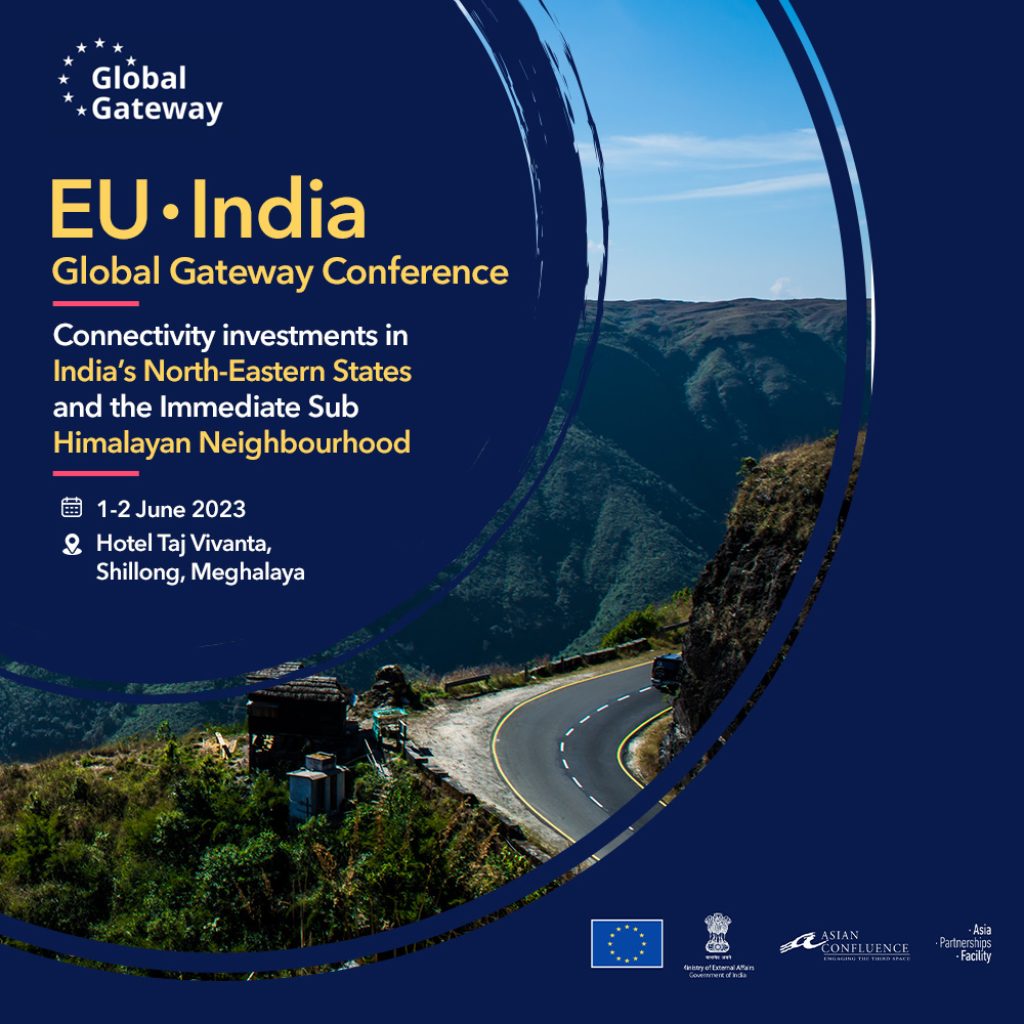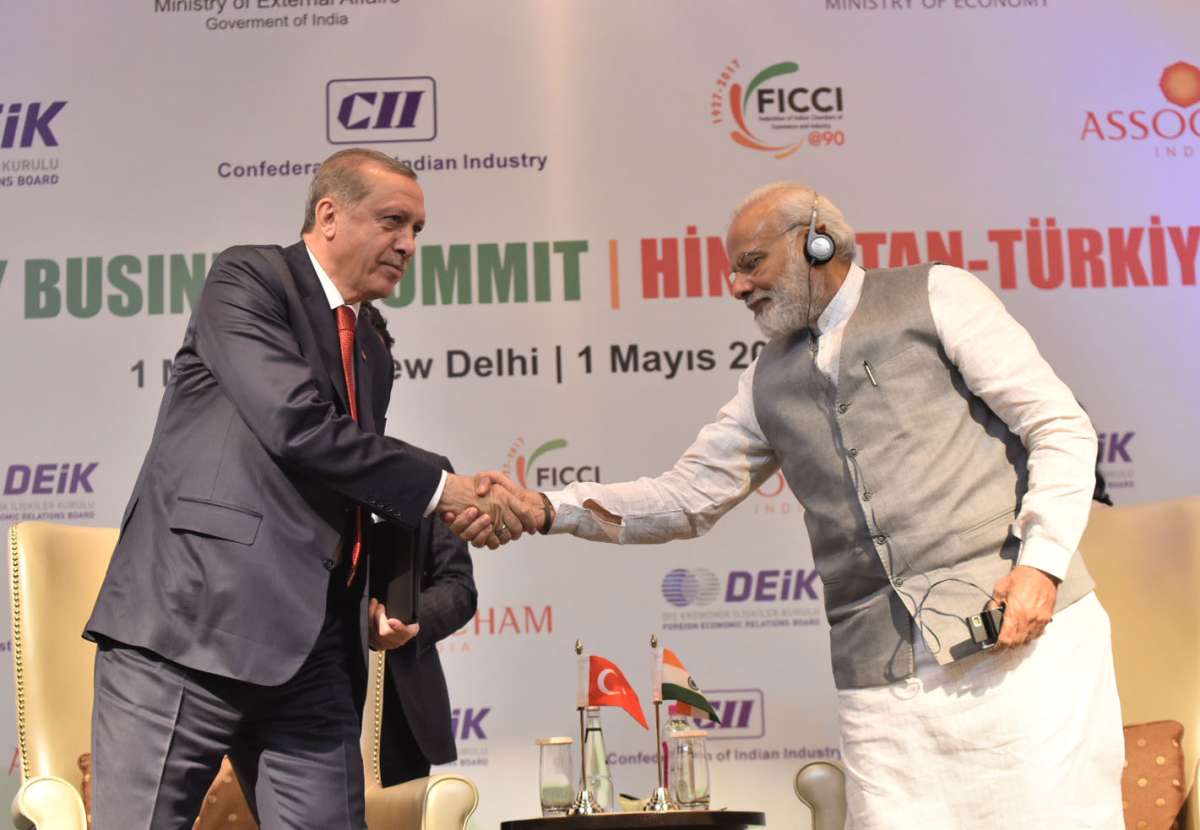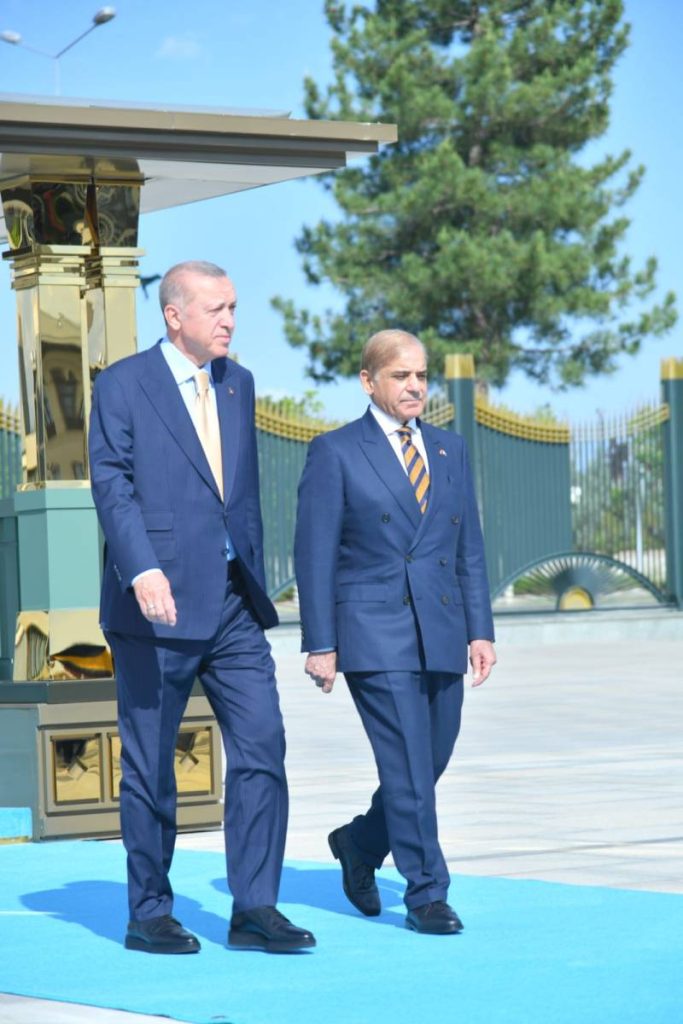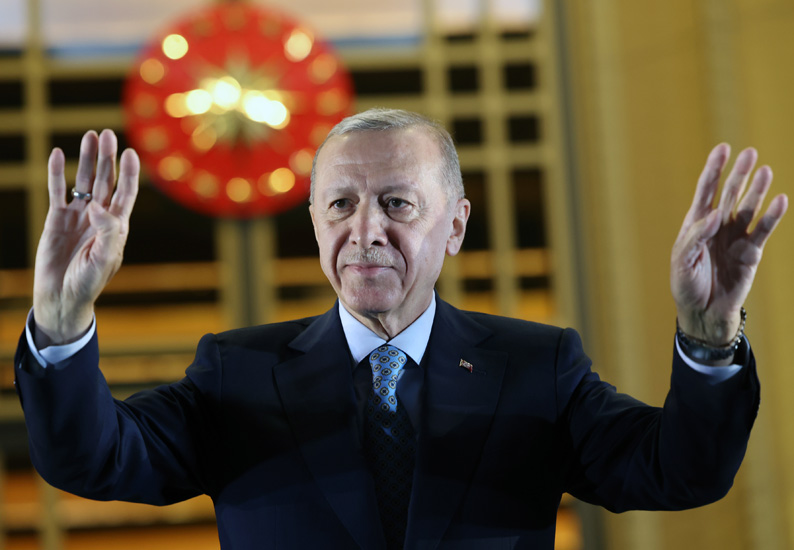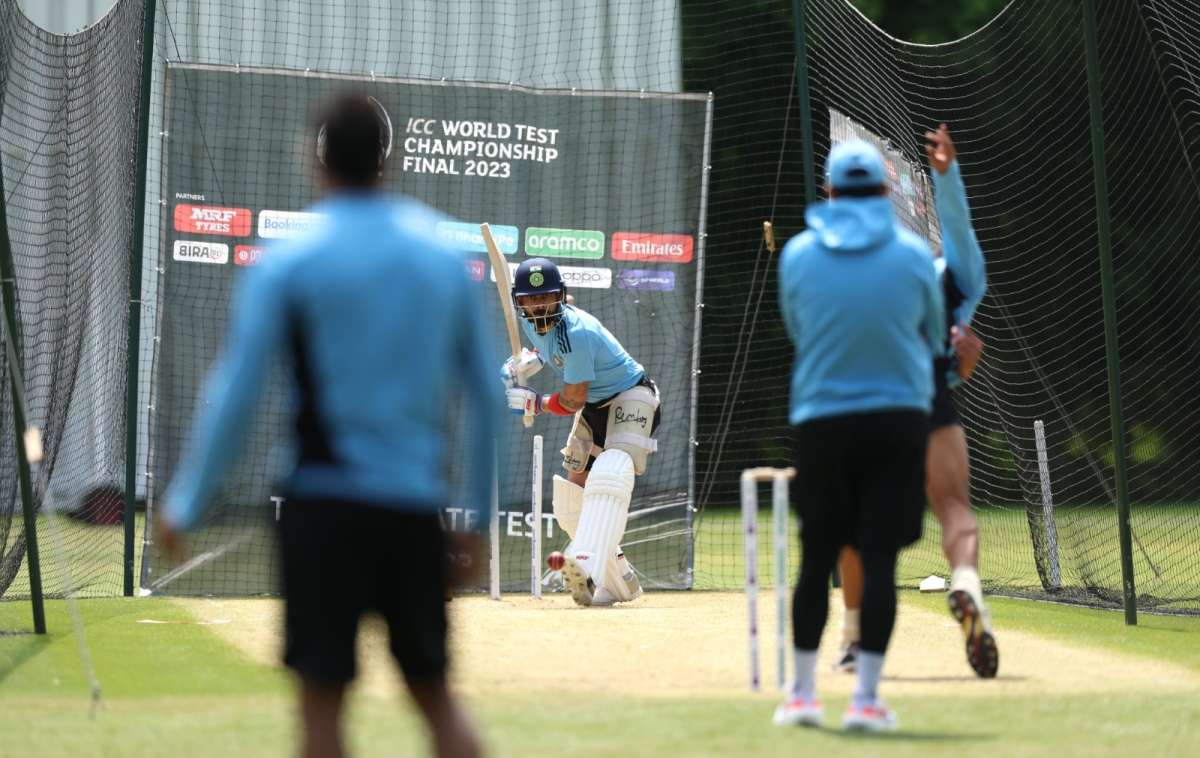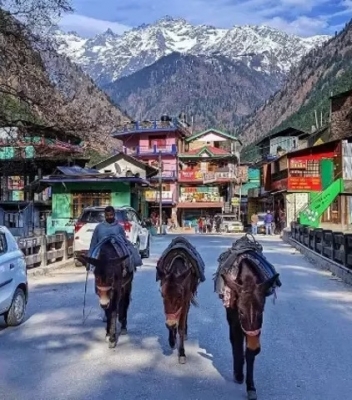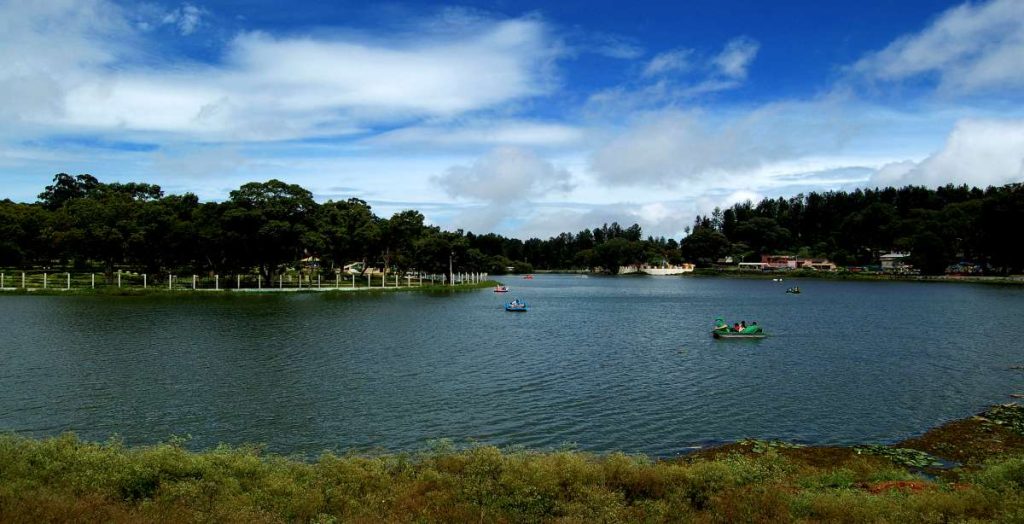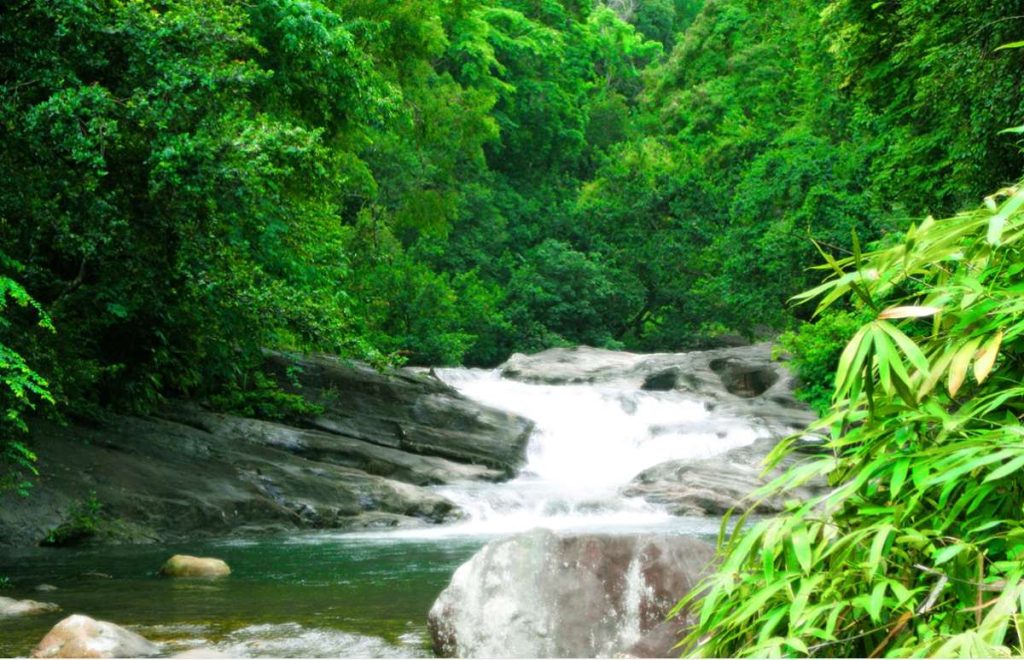During the dialogue, the two sides deliberated on ways to sustain a secure maritime environment conducive for inclusive growth and global well-being….reports Asian Lite News
India and Vietnam pledged to further strengthen their shared efforts and existing frameworks in areas such as marine scientific research, Humanitarian Assistance and Disaster Relief (HADR), maritime connectivity and maritime security, including Navy and Coast Guard co-operation, maritime law enforcement and capacity building, the Ministry of External Affairs (MEA) said on Wednesday.
The 3rd India-Vietnam Maritime Security Dialogue was held in the national capital, New Delhi, on Wednesday. The Indian delegation was led by Muanpuii Saiawi, Joint Secretary (Disarmament and International Security Affairs), Ministry of External Affairs and the Vietnamese delegation by Ambassador Trinh Duc Hai, Vice Chairman, National Boundary Commission. The delegations comprised senior officials from the respective ministries and services concerned with maritime affairs.
During the dialogue, the two sides deliberated on ways to sustain a secure maritime environment conducive for inclusive growth and global well-being. They reviewed ongoing cooperation in the maritime domain and avenues of reinforcing international and regional mechanisms for comprehensive maritime security.
India and Vietnam also discussed ways to maintain a maritime environment that is secure and supportive of inclusive growth for both nations.
“3rd India-Vietnam Maritime Security Dialogue held today in New Delhi. Senior officials from the respective Ministries and Services concerned with maritime affairs participated in the Dialogue,” the official spokesperson of the Ministry of External Affairs, Arindam Bagchi, tweeted on Wednesday.
“Also reviewed maritime cooperation initiatives and avenues of reinforcing international and regional mechanisms for comprehensive maritime security,” Bagchi added.
Notably, the second India-Vietnam Maritime Security Dialogue was held in April 2021 in the virtual format while the first was held in Hanoi in March 2019. “India and Vietnam held their second maritime security dialogue in a virtual format on 6 April 2021. The consultations involved exchanges on developments in the domain of maritime security, regional cooperation activities and opportunities for cooperation between the two countries,” the MEA said in a statement.
The two nations share warm and cordial ties. Recently, at the G7 Summit in Hiroshima, Japan, Prime Minister Narendra Modi held a bilateral meeting with his Vietnamese counterpart Pham Minh Chinh.
Both leaders discussed various aspects of the partnership between the two nations, including in defence.
“Prime Ministers @narendramodi and Pham Minh Chinh held talks in Hiroshima. They discussed different aspects of India-Vietnam friendship, particularly in areas like energy, technology, commerce and defence,” the Prime Minister’s Office tweeted. (ANI)

